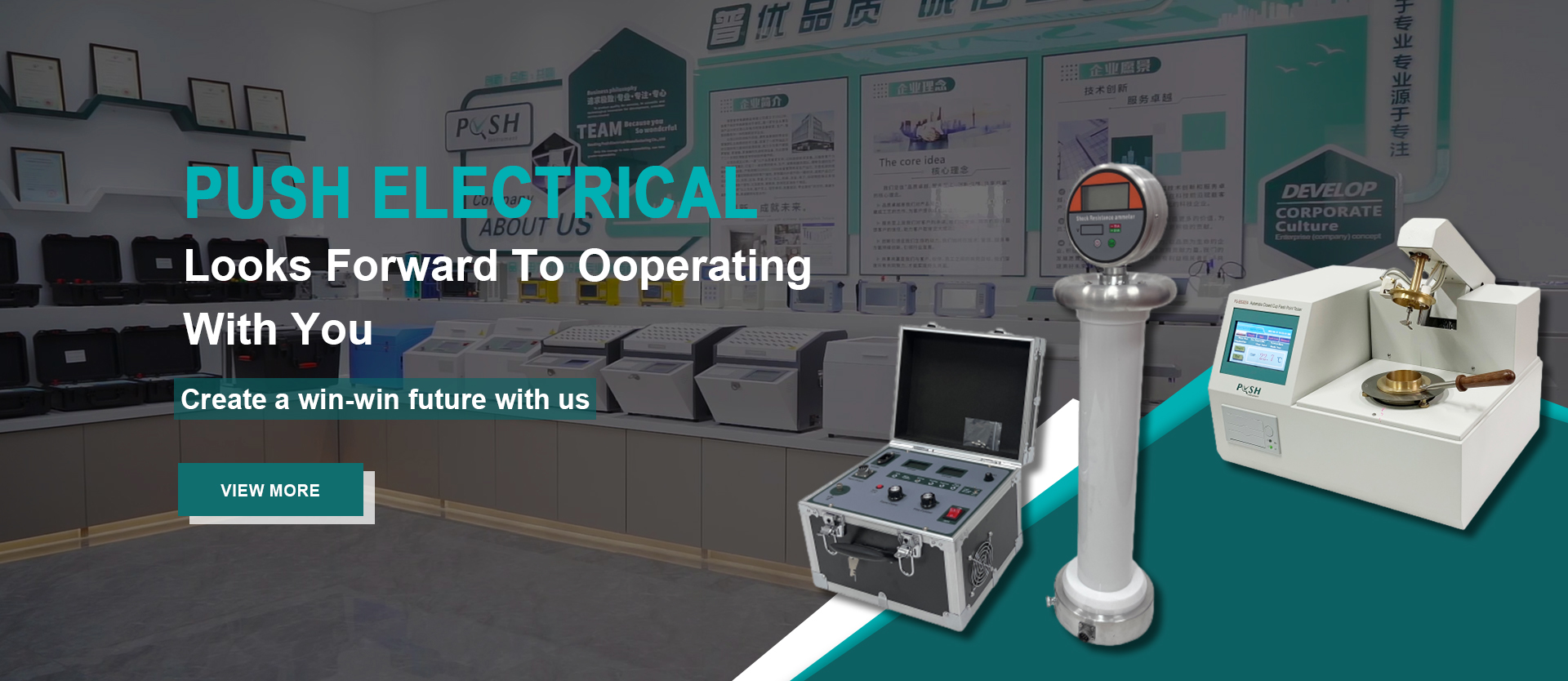 English
English


Exploring the Applications and Advances of Gas Spectrometry in Modern Research Techniques
Understanding Gas Spectrometers Principles and Applications
Gas spectrometers are powerful analytical instruments used to identify and quantify the composition of gases. These devices play a crucial role in a variety of fields, including environmental monitoring, industrial processes, and research laboratories. The primary function of a gas spectrometer is to analyze the molecular composition of gas samples by measuring their mass-to-charge ratios, allowing scientists and engineers to obtain precise information about the gases present.
The fundamental principle behind gas spectrometry is based on mass spectrometry (MS), which involves the ionization of gas molecules. In a typical gas spectrometer, a gas sample is introduced into a vacuum chamber, where it is ionized using an energy source, such as electron impact or laser ablation. The resulting ions are then accelerated into a mass analyzer, which separates them based on their mass-to-charge (m/z) ratios. This separation enables the detection of different gas species.
Gas spectrometers can utilize various mass analyzers, including quadrupole, time-of-flight (TOF), and ion trap technologies. Quadrupole analyzers are commonly used for their robustness and ability to analyze a broad range of masses efficiently. TOF analyzers, on the other hand, provide high-resolution measurements and are capable of analyzing complex mixtures due to their rapid data acquisition capabilities. Choosing the appropriate mass analyzer depends on the specific application and the required sensitivity and resolution.
gas spectrometer

One significant application of gas spectrometry is environmental monitoring. Gas spectrometers are employed to analyze air quality by monitoring pollutants, greenhouse gases, and volatile organic compounds (VOCs). For instance, regulatory agencies use gas spectrometers to ensure compliance with environmental standards by measuring emissions from industrial sources or vehicles. In recent years, this technology has become increasingly important in combating climate change, as it allows for the precise quantification of gases such as carbon dioxide (CO2) and methane (CH4), which are critical in understanding global warming.
In addition to environmental applications, gas spectrometers find extensive use in industrial processes. They are employed in quality control to monitor the composition of gases used in manufacturing, such as in petrochemical production or semiconductor fabrication. Furthermore, gas spectrometers can detect leaks in industrial systems, ensuring safety and compliance with health regulations. Their ability to provide real-time analysis makes them invaluable tools in optimizing manufacturing processes and reducing waste.
Research laboratories also leverage the capabilities of gas spectrometers in various scientific investigations. These instruments help identify gas-phase reactions, study combustion processes, and analyze atmospheric chemistry. By providing detailed information about the molecular composition of gas samples, gas spectrometers contribute significantly to our understanding of fundamental scientific principles and interactions.
In summary, gas spectrometers are essential analytical tools that provide detailed insights into the composition of gases in diverse applications. With advancements in technology, these instruments continue to evolve, offering enhanced sensitivity, precision, and versatility. As environmental concerns grow and industrial processes become increasingly complex, the role of gas spectrometers in monitoring and analyzing gases will remain critical. Whether in laboratories, industrial settings, or environmental studies, gas spectrometers will continue to play a pivotal role in shaping our understanding of the gaseous world around us.
-
Differences between open cup flash point tester and closed cup flash point testerNewsOct.31,2024
-
The Reliable Load Tap ChangerNewsOct.23,2024
-
The Essential Guide to Hipot TestersNewsOct.23,2024
-
The Digital Insulation TesterNewsOct.23,2024
-
The Best Earth Loop Impedance Tester for SaleNewsOct.23,2024
-
Tan Delta Tester--The Essential Tool for Electrical Insulation TestingNewsOct.23,2024





